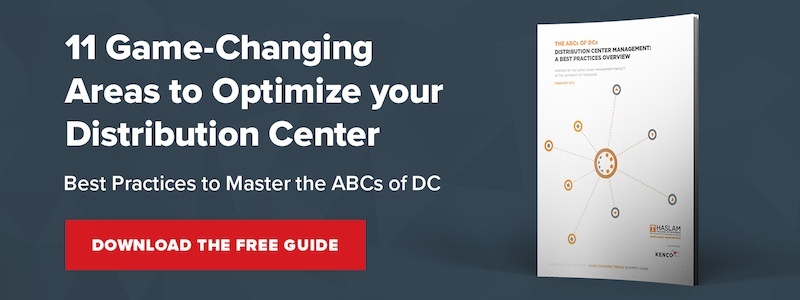
Acquiring (leasing or buying) warehousing to satisfy the unique needs of your business is a complicated process requiring consideration of a multitude of factors.
The discipline of determining what you really need vs. what you think you want, requires a hard look at the basic requirements of your distribution operation.
High profile locations and exotic building facades are great for annual report covers and PowerPoint presentations, but they are not what you need to maintain maximum operational efficiency and optimal storage conditions for you products and services.
At the end of the day, you serve your needs best by close examination of the following:
1) Location
It’s the old adage about the three most important things in real estate: location – location – location. Before you look at specific buildings, think about your location on a regional and national basis. It is great if your home office is in New York, but if you import from Asia and distribute primarily in the Sun Belt you need to think twice before warehousing your goods close the office in NY.
By placing your DC far from your port, you may incur transportation costs that could dwarf real estate costs. The cheaper location might not be the “cheaper” option. Additionally, the expense of labor (wages, turnover, and availability) can vary widely from region to region. The final location question to ask is, if you have to move to accommodate growth, can you do so nearby to keep your labor force and maintain your transportation network?
2) The Building
The opportunity for new space is becoming ever more constrained by availability of capital, governmental regulation, and shrinking supply of developable sites. Additionally, the length of real estate lease terms are growing longer as the demand for space increases and supply of new space is more constrained. The longer the term you commit to in order to secure the right facility, the greater the importance of accurately forecasting your needs and providing for contingencies.
If you move in and are immediately at 90% occupancy, you may find you have some operational efficiency issues. If your product line changes and you need temperature control in your facility, is there sufficient power, do you have the clear height necessary for duct work, and can you engineer a new layout? The biggest consideration when choosing a building is if there is room to expand your new facility on the site you have chosen.
3). Additional Rent?
Most Landlord’s will pass operating expenses through to the lessee as additional rent. Understanding the difference between Net rent and Gross rent is very important. Total (gross) rent can include real estate taxes, property and liability insurance premiums, maintenance and repairs, and, in some cases, management fees on top of the Net rent.
Gross rent is the combination of the Net rent and all of the operating expenses you will pay. Additionally, these “pass through” expenses can vary widely from one location to another. Also, do not expect taxes and insurance premiums to be consistent within the same state.
4). Flex Space vs. Dedicated Facility vs. Multi Client
Whether your warehouse location is going to be all yours (dedicated) or you share it with other companies (flex or multi-client), is going to make a difference in the cost and how you design and use your space. You may find a commercial warehouse location, which is operated by a single logistics company serving the needs of multiple customers, or secure an arrangement with a landlord allowing you to “flex” in and out of adjacent empty space. Leasing a dedicated facility requires a close examination of your longer term needs. Make sure you know your short and long-term plans and goals, so you get the right warehouse the first time.



